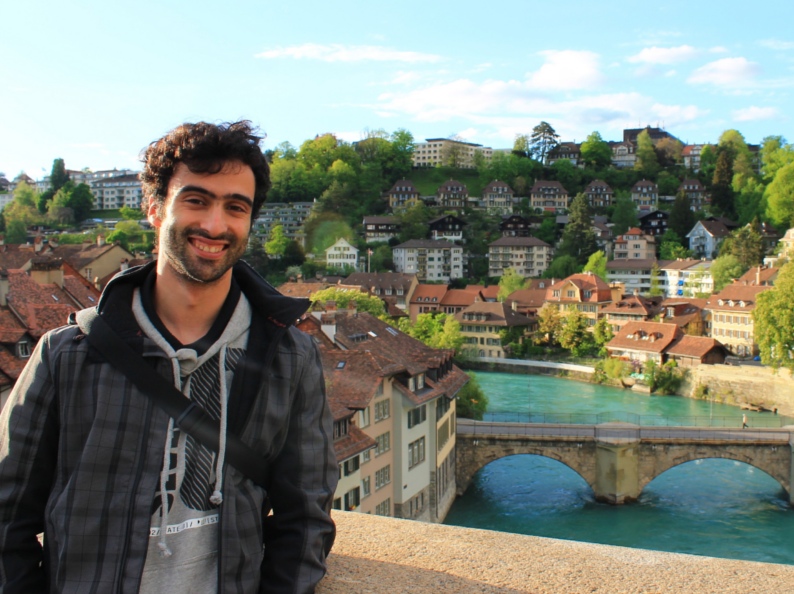INESC TEC researcher publishes article in international journal
Fernando Pereira, a researcher at INESC TEC’s Telecommunications and Multimedia Unit (UTM), has recently published an article in the Journal of Location Based Services. The paper presents the work developed in 2011 at CERN (the European Organization for Nuclear Research) where the researcher worked as an intern, and some conclusions.
30th October 2012
In general terms, the paper, entitled "Performance and limits of KNN-based positioning methods for GSM networks in over leaky feeder underground tunnels," addresses the subject of detecting people and devices in tunnels taking advantage of already installed communication networks and the respective signal levels. In this specific case, the researcher explores the possibility of using fingerprinting methods with GSM network technology. Here leaky-feeder cables are used for propagation instead of conventional antennas.
In the first part, the study shows that these methods can be effectively used for detection purposes. However, experimental results show that the accuracy depends on several factors which do not occur in conventional scenarios and should not be neglected. Factors such as fast-fading and multi-coupling create serious difficulties in obtaining stable measurements of signal strength. When this is combined with a low attenuation rate in the leaky feeder cables, accuracy is lower.
In the second part, the paper proposes a new algorithm to improve detection performance based on the common Nearest Neighbour (NN) algorithms. These algorithms require an initial calibration which measures signal strength in several equidistant points, forming a "map" of the radio signal. Later, the position was calculated by corresponding new measurement of the signal and a point on the map. The algorithm considers the various GSM channels available, as well as the level of instability of the signal detected at each calibration point. The algorithm does not involve significant computational costs and this change has led to a small improvement in the algorithm’s performance.
Finally, a model of an ideal system was created in order to verify to what extent it would be possible to improve the detection performance. This means that when confronted with the data collected, the model would always make the best decision. This model showed that although it was possible to obtain better results, the confidence level would increase only by 20%.
It is believed that the scenario presented in the paper has never been addressed for this purpose. Other than this specific contribution, the NN algorithm has been explored in most scenarios in a new way, which made it possible to improve performance. Besides studying the performance limit of these algorithms, the study made it possible to understand to what extent an algorithm can achieve a certain performance or whether it would be better to invest in other factors, such as denser or more precise calibrations.
UTM/INESC TEC, October 2012


